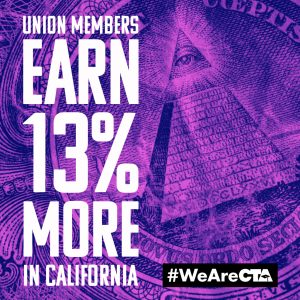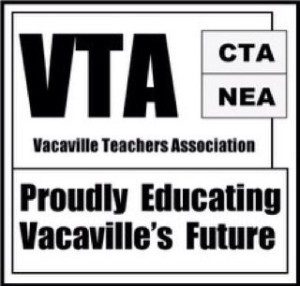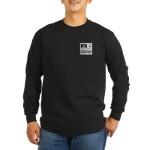Reporter, The (Vacaville, CA) – Tuesday, March 1, 2016
By Richard Bammer ; rbammer@thereporter.com @REBammer on Twitter
So Melanie Pope devoted some minutes to defining words during one of her Friday morning life science classes for her Willis Jepson Middle School seventh-graders, some of whom may have been hearing them for the first time.
“Phenotype,” for one, or all the characteristics of an organism. Another was “traits,” a distinguishing quality or characteristic of plant or animal. How about “myotonic dystrophy,” a condition that affect proteins in animal muscles? That would probably send even top biology graduate students to google.com on their smartphones, but her 29 students, most of them 12 or 13 years old, seemed nonplussed when they heard it.
Hers was a lesson, with some review, about mutations in the animal and plant worlds. However, throughout the hourlong class, Pope, in her fourth year at the Elder Street campus, used a teaching technique, gestures, that, relatively recent research suggests, conveys critical information to the listener. It reinforces the information with an image, especially if the listener repeats the gesture on his or her own, she believes. In other words, as a visual substitute for speech, the gesture, combined with the verbal, more abstract point being made, gives the concept a greater chance of sinking into memory and staying there for some time.
Jepson » Page 10
With her students standing up next to their desks, Pope made her case and it appeared to be making an impact, because the students are recreating her every hand and arm movement — and smiling.
“What happens to the DNA (she used a quasi-swimming gesture to symbolize the DNA) before cell division takes place?” she asked, walking from one side of the classroom to the other as he gestures. “Show me what happens. What happens to the DNA?”
“Ready? Show me,” said Pope, a UC Davis graduate, then launched into a gesture-speech combination that seems familiar to the students.
With her right forefinger raised — and each student doing the same — she made a circle gesture and said, with the students repeating word for word and making different gestures as she described the process:
“The DNA wraps around the protein (everyone made a wrapping motion with their hands and arms) and compacts it into a chromosome (she and the students crossed their arms at the wrists).”
Something of stepchild to language, gestures, researchers believe, make it easier to children to learn when the gesture corresponds strongly, or match up well, with language. Lack of gesture-language correspondence would be a mismatch, students would be less likely to learn, according to Sara Latta, a writer for BrainConnection, a website dedicated to providing easy-to-understand information about how the brain works and how people learn.
Later in the morning, Pope, further discussing mutations, held up what appeared to be a double gourd, something of a Siamese twin of a small pumpkin, to explain the idea of whether or not the mutation, or out-of-the-norm change, was “neutral, beneficial or harmful.” For each of the three words, she used her thumbs to reinforce the definition: neutral (thumb horizontal to the floor): beneficial (thumb up); and harmful (thumb down). The students, equally animated, repeated her hand and thumb movements.
Then came a video about a breed of goats called “fainting goats,” which showed the animals falling down in a pasture if they are startled or scared, then quickly righting themselves the next moment. The children laughed, and Pope explained the goat breed, because of a mutation in their genes, suffer from myotonic dystrophy, a condition that affects proteins in their muscles.
Again, she asked the students whether or not the mutation was “neutral, beneficial or harmful,” and called on a few students to explain their reasoning.
Pope believes her use of gestures increases motivation and understanding of academic vocabulary. One thing was apparent: When she spoke and used her gestures, every student locked their eyes on her and spoke in unison as they repeated her words. None looked bored. There was no time to be bored in her class.
“Students should be active in learning, with each student figuring out what he/she knows well, the areas where more learning/understanding needs to take place, and that it is okay to make mistakes,” she wrote in a prepared statement before a classroom visitor arrived. “I encourage the idea that questions should be asked, and questioning ideas/processes should take place. This can be accomplished through productive and active dialogue among students but needs a routine and practiced focus on respect for others and their learning.”
Isaac Tovar, 12, liked Pope’s teaching methods.
“It’s easy to comprehend,” he said. “You understand it more. It’s easy to learn, not boring to learn. It’s activities and stuff.”




